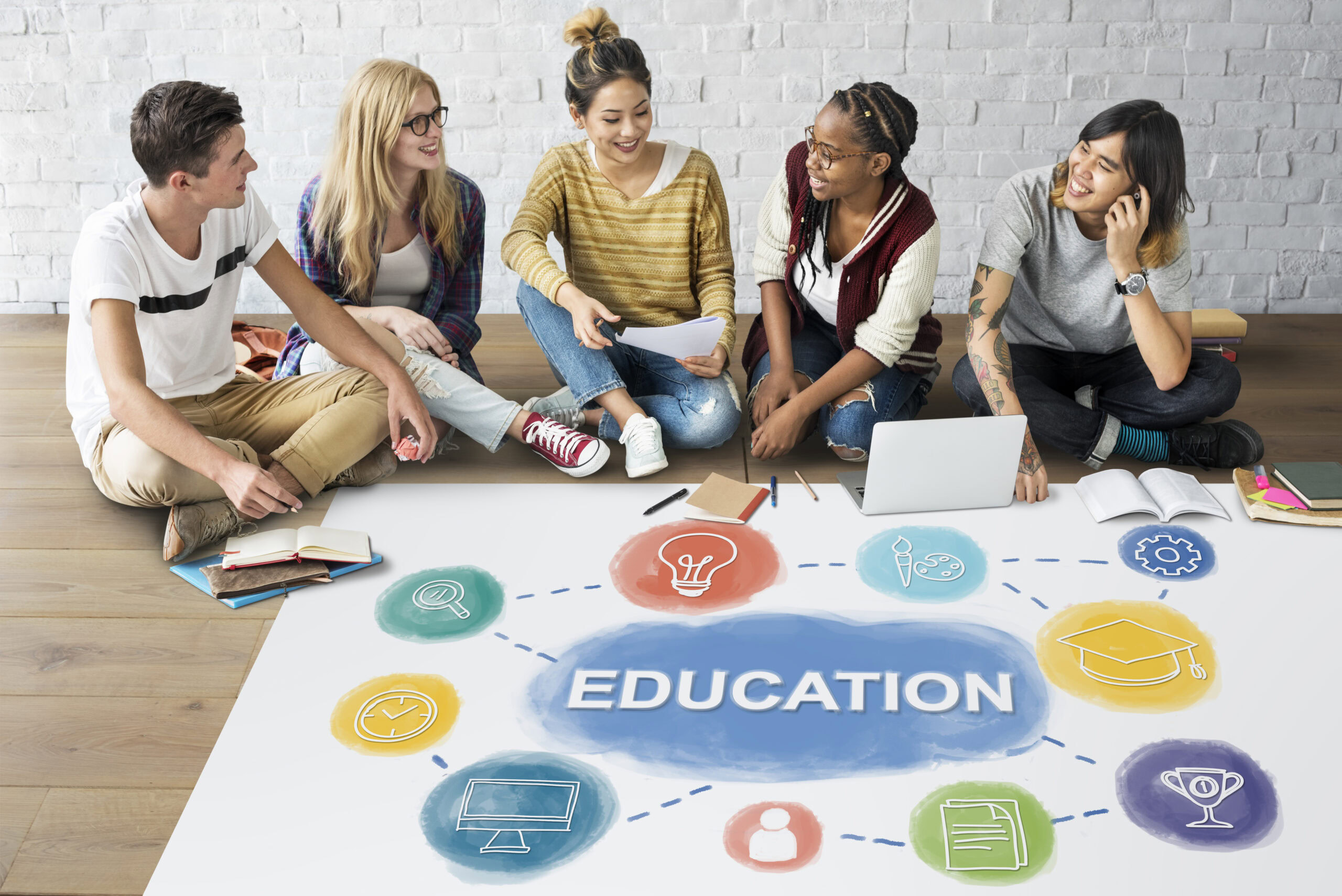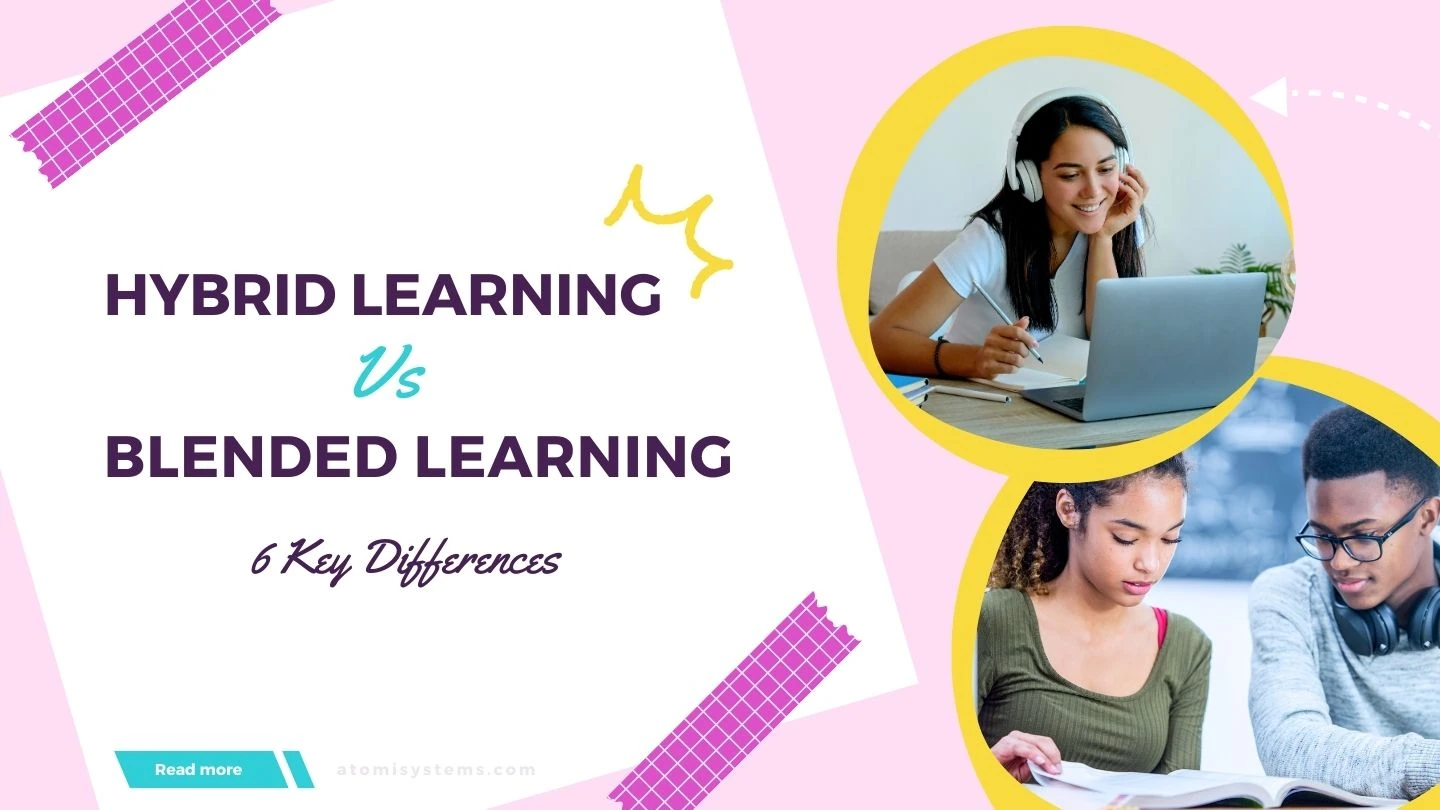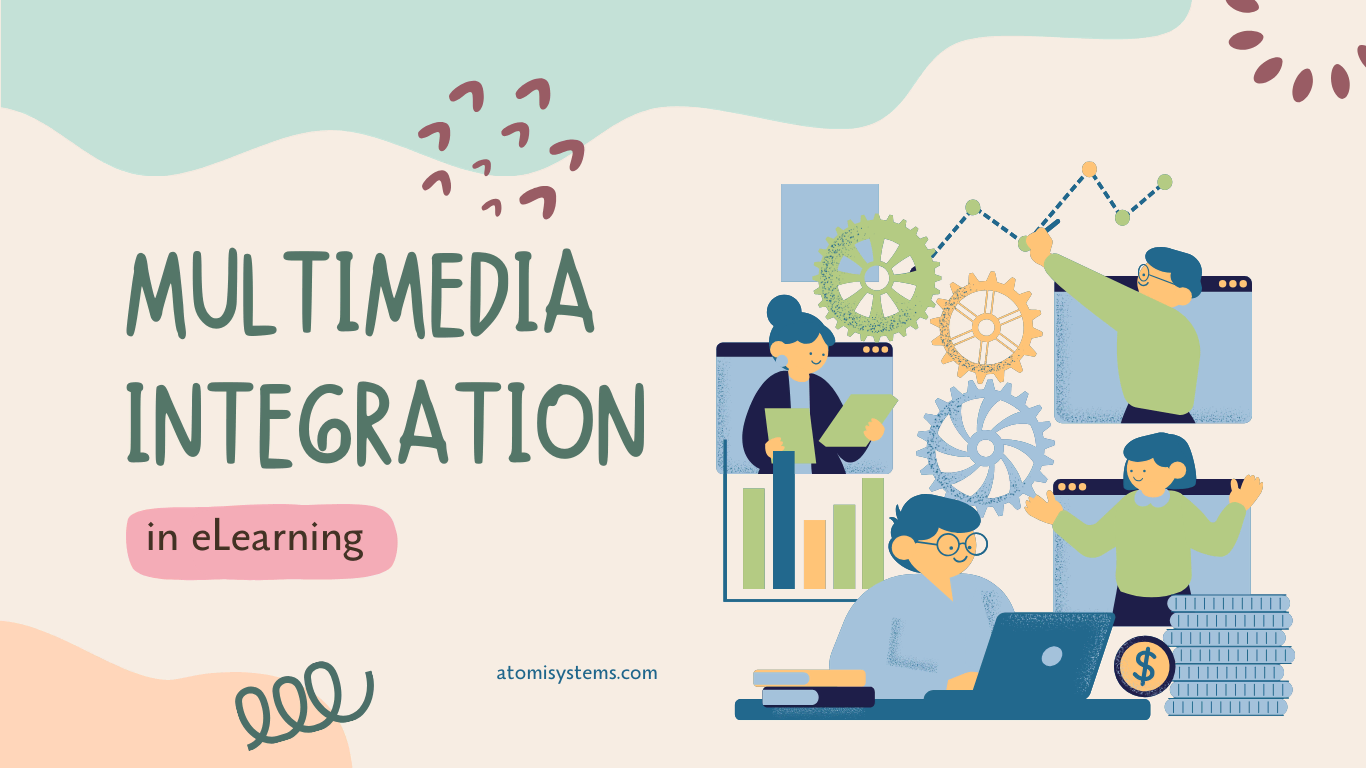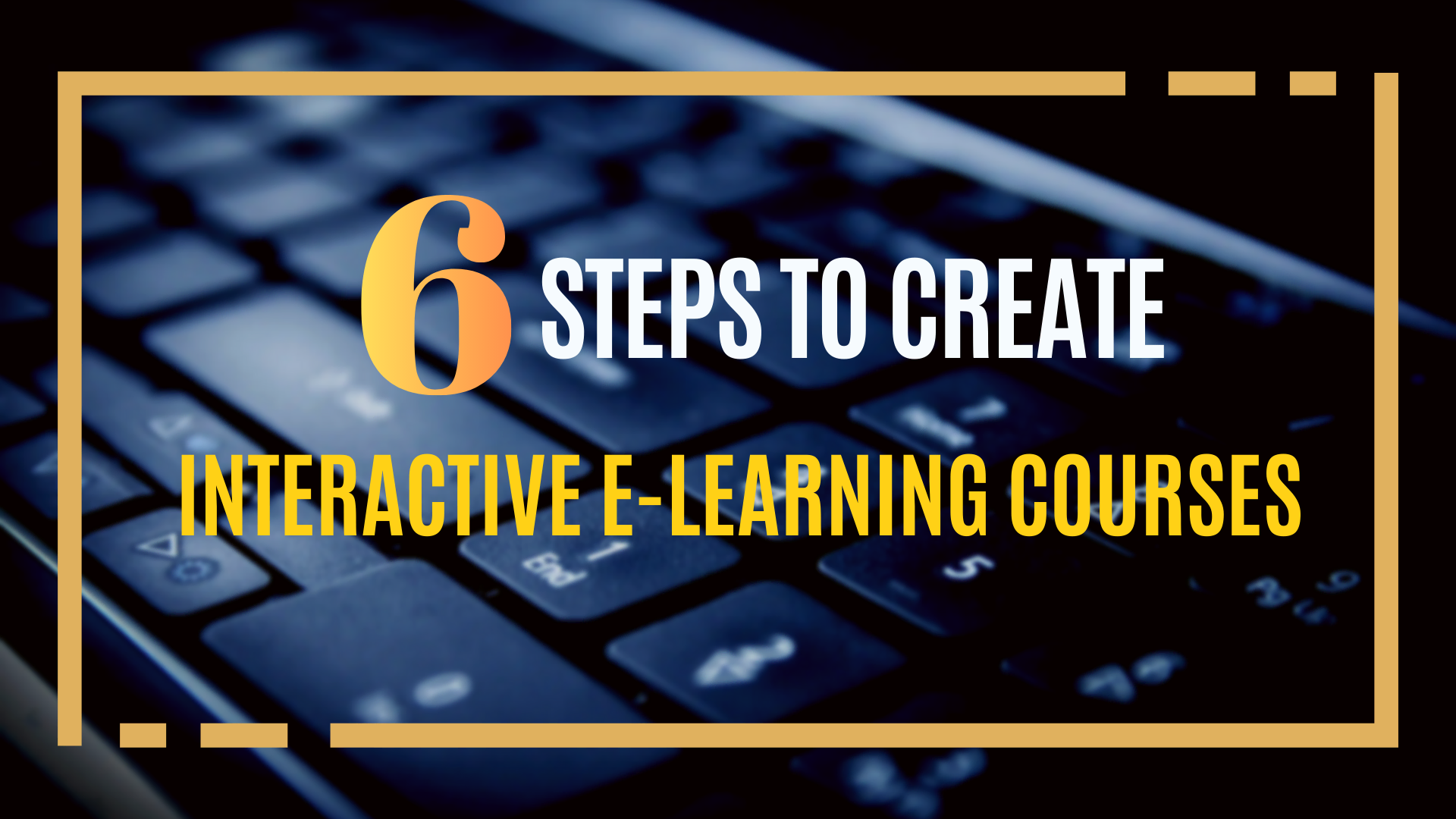Ready to revolutionize your learning experience? Peer-to-peer learning offers a unique and powerful approach to education. In this post, we’ll explore the benefits of learning from your peers and provide practical tips on how to make the most of this collaborative approach.
Peer-to-peer learning is a way of learning where learners teach and learn from each other. Instead of always relying on a teacher, learners work together, share ideas, and help one another understand new concepts. This method is becoming more popular because it encourages teamwork and allows learners to engage with the material more deeply. But, like any learning method, there are right and wrong ways to do it. Here’s a simple guide on the do’s and don’ts of peer-to-peer learning.
Before we begin, don’t forget to check out one of the best eLearning authoring tools of 2025, ActivePresenter. It’s an all-in-one suite for creating tutorials, software demonstration videos and complete responsive courses. You can download and install ActivePresenter totally free at the link below:

What is Peer-to-Peer Learning?
Peer-to-peer learning is when people learn from each other, rather than just from a teacher or textbook. It’s like studying together with your friends, sharing ideas, and helping each other understand things better. Think of it as learning from your peers. This approach also helps learners build important skills, like communication, problem-solving, and teamwork.

The Benefits of Peer-to-Peer Learning
Peer-to-peer learning, where learners learn from and with each other, offers several benefits that can enhance the educational experience. Here are some key advantages:
Enhanced understanding: When learners teach others what they know, they learn it better themselves. They need to explain their thoughts clearly and figure out if there’s anything they don’t understand.
Increased engagement: Learning from each other makes it more fun and interesting. They feel more excited to participate and learn when they feel like they belong and are connected to their classmates.
Improved collaboration: When learners work together on projects or assignments, they learn to work as a team and communicate with each other. They also learn to appreciate different ideas and work together well.
Personalized learning: Learners can choose partners who are good at the things they are not so good at. This helps them learn better and faster.
Boosted confidence: Helping others understand a subject can boost a learner’s confidence. It reinforces their own knowledge and skills.
Stronger relationships: Peer-to-peer learning can foster positive relationships and friendships among learners.
Types of Peer-to-peer Learning
Peer-to-peer learning can take many forms, including:
Study groups: Learners form small groups to study together, discussing topics, answering questions, and helping each other understand the material.
Task allocation: Tasks are assigned to individual learners or subgroups based on their strengths and interests.
Collaboration and support: Learners work together to complete their tasks, providing support and feedback to each other.
Peer tutoring: Learners tutor each other, helping their peers understand difficult concepts or skills.
Online forums and communities: Learners can connect with peers from around the world through online forums and communities to discuss topics, share resources, and collaborate on projects.
Peer-to-peer Tools
Tools like uPresenter can further enhance peer-to-peer learning by providing a platform for collaboration and shared learning experiences. uPresenter is a AI-powered presentation and quiz maker that helps build and deliver your eLearning content in minutes. With uPresenter, learners can work together on presentations, share ideas, and provide feedback in real-time. This collaborative feature can foster a sense of community and encourage active participation in the learning process.

Check this article for more information: How Team Can Work Together in uPresenter AI-Powered Presentations
Do’s and Don’ts
Peer-to-peer learning can be a powerful tool for enhancing your education and developing valuable skills. However, to maximize its benefits, it’s important to approach it with the right mindset and strategies. Here are some key do’s and don’ts to keep in mind:

Do’s
- Create a friendly environment: A friendly and safe environment is key to successful peer-to-peer learning. Encourage learners to be open, kind, and supportive. This helps everyone feel comfortable sharing their thoughts and ideas.
- Set clear goals: Even though learners are leading the learning, it’s important to have clear goals. This way, everyone knows what they are working towards. Clear goals help keep discussions focused.
- Find compatible partners: Look for study partners who share your learning goals and have similar learning styles. This will make the learning experience more enjoyable and productive.
- Encourage active participation: Every learner should have a chance to participate. Encourage everyone to share their thoughts, ask questions, and listen to others. Active participation ensures that all learners benefit from the group’s collective knowledge.
- Provide support when needed: While peer-to-peer learning is learner-driven, teachers need to be available for guidance. Teachers should check in with groups, offer advice, and help solve any problems that arise.
- Utilize different learning styles: Experiment with various learning methods, such as role-playing, group discussions, and practice exercises. This can cater to different learning styles and make the process more engaging.
Don’ts
- Don’t let one person dominate: No single person must take over the conversation. Everyone should have an equal chance to contribute. Encourage quieter learners to speak up and remind more talkative learners to listen.
- Don’t ignore group problems: If there are conflicts or misunderstandings in the group, don’t ignore them. Address these issues early to keep the group working smoothly. Good group dynamics are essential for successful peer-to-peer learning.
- Don’t assume learners know what to do: Even though peer-to-peer learning is learner-led, it’s important to give clear instructions. Explain the roles each learner should play, like who will lead the discussion or take notes. This helps the group work efficiently.
- Don’t skip reflection: Reflection is an important part of learning. After each peer-to-peer learning session, encourage learners to think about what they learned and how they worked together. This helps them improve in future sessions.
- Don’t over-rely on peer-to-peer learning: While this type of learning is valuable, it should complement other learning methods. Don’t rely solely on it.
Conclusion
Peer-to-peer learning offers a unique and powerful approach to education. By following the do’s and don’ts outlined above, you can create a more effective and engaging learning experience.
Ultimately, the success of peer-to-peer learning depends on a positive and supportive learning environment. By embracing the do’s and don’ts, and utilizing tools like uPresenter, learners can unlock the full potential of this powerful approach to education.
See more:



